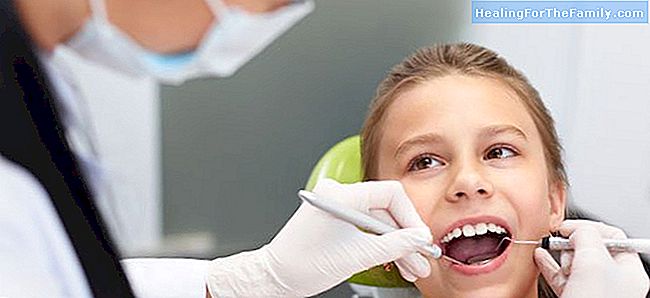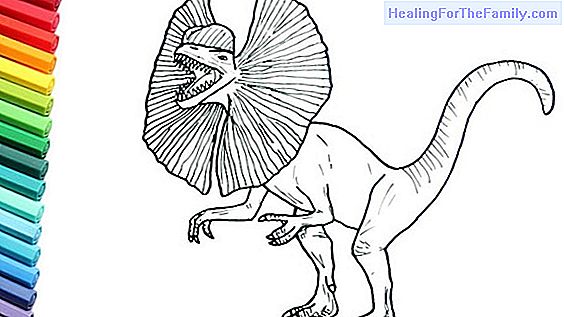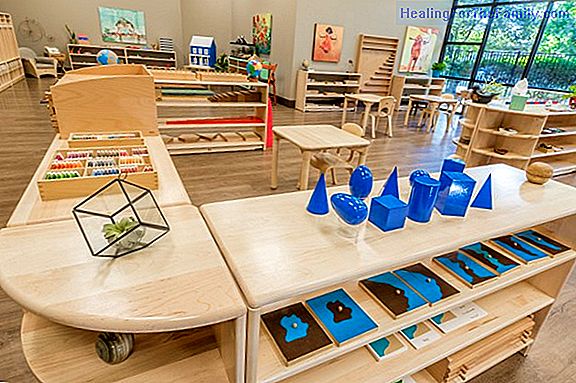Gingivitis in children
Did you know that children also have the risk of suffering from gingivitis? The bleeding of the gums in both children and adults is a witness that jumps to announce that something is happening in the tissue supporting the teeth. The main cause of the appearance of gum problems or gingivitis in early
Did you know that children also have the risk of suffering from gingivitis? The bleeding of the gums in both children and adults is a witness that jumps to announce that something is happening in the tissue supporting the teeth.
The main cause of the appearance of gum problems or gingivitis in early ages is the accumulation of bacterial plaque on the teeth and gums, mainly when there is no dental hygiene. If the plaque is not removed, inflammation occurs in the gum and as a result of it, the retraction of the same. That is why it is essential that children have good and proper dental hygiene habits.
Symptoms of infant gingivitis

There are symptoms that leave no doubt about gingivitis in children. A child may have gingivitis when it presents:
- I nflammation and redness of the gums- Pain in the teeth
-
Bleeding when eating al and when brushing teeth - Sensation of the gums move and that the teeth are Separate - Bad breath
- Abscesses in the gums, in some cases
To prevent gingivitis in children
To prevent gingivitis in children, in addition to monitoring and teaching children to have good oral hygiene,
It is fundamental for parents to take their children to a periodic dental check-up
from birth. The child's first visit to the dentist must be between the time the first tooth appears (5 to 8 months) and the time when all of his primary teeth are visible (before 2 and a half years). Children who have been accustomed to cleaning their gums and brushing their teeth every day will be more comfortable in visits to the dentist. Other basic preventive measures to help the child have good oral health are: 1- Establish
regular visits to the dentist,
for check-ups, evaluations and cleanings. 2- Teach the child to follow a routine routine of brushing the teeth. From the year of birth, the child may use a small amount of toothpaste to clean the teeth. 3- Examine and monitor the child's mouth to see if there is any sign of any periodontal disease such as swelling, abscesses, complacency, bad breath or bleeding.
4- Set an example. If the parents practice good oral health habits, the children will also do it.












